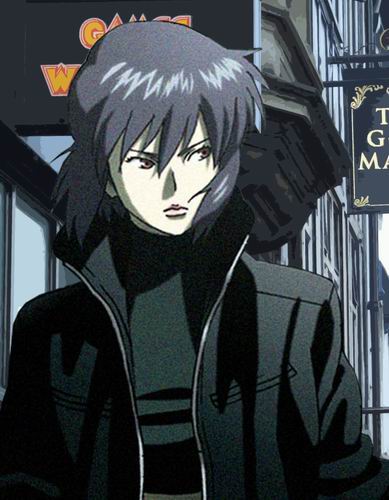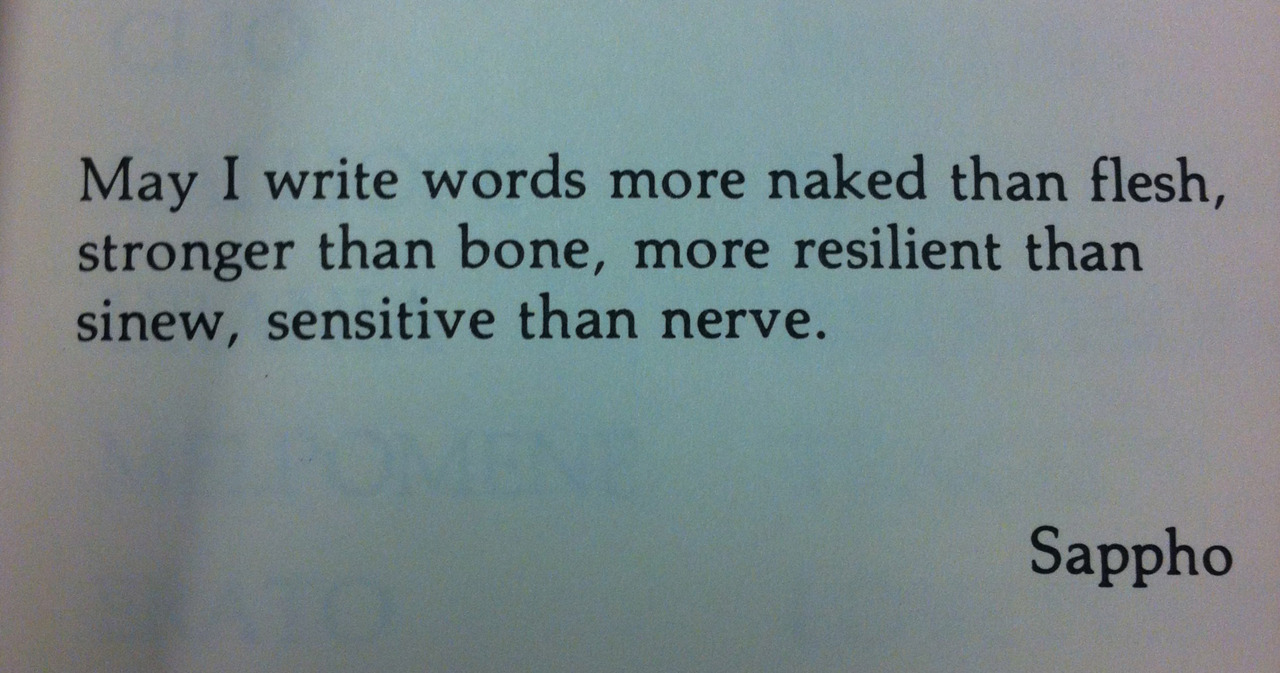Japanese culture has become a touchstone for American audiences. With Japanese film makers like Hayao Miyazaki receiving Oscars for their film’s release in the united states, and the increasing popularity of anime with American audiences, one would expect greater opportunities for Asian American actors. However that has not been the case. In the most recent productions where popular anime were brought to life in their own live-action feature films, main characters were cast as white actors, causing uproar among the fans of the original show.
Recently, this issue has become more salient because of the adaptation of beloved anime, Ghost in the Shell, into a live action movie. The uproar was caused by the decision to cast Scarlett Johansson for the role of main character, Motoko Kusanagi. While the creator of the original anime is not upset about the casting choice, saying: ” we never imagined it would be a Japanese actress in the first place.” (Reactions here), many fans of the original series are upset about the whitewashing of the main character.


Source: http://japanesestation.com/tampilan-scarlett-johansson-di-film-live-action-ghost-shell-Hollywood/
This issue brings up the question of authenticity in the different mediations of the anime. It is not uncommon for live-action adaptations of Japanese anime to feature white actors, and it is even more commonplace for English dubs of anime shows and films to utilize the vocal talents of popular Caucasian actors. Our archive intends to look at the potential damage inherent in these choices to replace and recast Asian and Asian American characters as Caucasians and why it seems to be so common in the anime world.
While creating a movie adaptation or dubbing an already existing film into another language creates some issues with translation between mediums and languages, how many changes can occur before the original form is completely re-formed, or re-cast as a new work entirely?
The novel Dictee by Theresa Hak Kyung Cha explores the translation of ideas from one form to another by using the novel format to present the reader with a film. Through her knowledge of camera angles and physical description, the reader is presented with something more closely resembling a film than a written story. There are still complications, though. The two mediums do not create a one-to-one translation, and some of the elements of the story remain ambiguous and inaccessible. Similarly, her distinctly Korean-American memoirs are rendered in an amalgam of English, French, Greek, and Japanese. Through this assemblage, she is able to communicate that her own language has been denied her through colonial oppression, and the only tools at her disposal are the very languages of those self-same imperialistic forces that have silenced her. “Inside is the pain of speech the pain to say. Larger still. Greater than is the pain not to say.” (pg. 3) Though Theresa was able to use Dictee to give voice to her memories, it remains an imperfect translation, but it is as close as we will ever get to her individual experiences.

Source: http://blog.enotes.com/2012/06/22/top-ten-lines-to-live-by/
Anime faces a similar problem. There is never going to be a perfect translation between any two given languages, and many cultural details and location specific jokes will not, and do not translate well from the original to the dub. However unlike Theresa Hak Kyung Cha, Americans are the imperialist force in this time period. We are the silencers and forces of colonization in this narrative. By removing Asian elements and characters from the films, we are erasing their claim to a product that was theirs to begin with. The reason that this is a problem in Hollywood today is that there is a huge lack of Asian American actors in significant roles, and that’s not due to a lack of Asian Americans auditioning for parts.
This leads into the question: where are all the Asian-American actors? According to an article by Complex, only eight out of the top 100 best selling sci-fi films had a non-white protagonist. From those eight only Will Smith and Keanu Reeves landed lead roles (Chan). It gets worse. Asian-American entertainers only made up 4.4% of speaking roles in 2013. Actors like Jackie Chan, Bruce Lee, and Ken Watanabe has helped Asian-Americans in the film industry, but Asian-Americans are still misrepresented in a chaotic industry. A major reason for this is because of the current marketability of foreign actors, especially Asian-Americans. Recently with the show Fresh Off The Boat, Asian-American representation has grown in Hollywood, but that may be because Asian-American’s rising buying power and influence on economy. In other words, it all comes down to the dollar bill. Even today, the mainstream markets (entertainment, art, sports, etc.) are dominated by white—in the most vague sense possible—people. So, financially, it makes sense to target the biggest demographic.

Source: http://moviepilot.com/posts/2886077
However, it might be that Asian-American actors and actresses are not as prominent in Hollywood because of they cannot access certain cultural signals, and this prevents them from entering the “high status social groups, organizations, or institutions,” (Carter). This means that because of their inability to look or act like white Americans, they are not able to breakthrough in mainstream media. Which is interesting because the media is often quick to say that Asian-Americans are the model minority, the ones that work hard and contribute to society, and so on and so forth. But it seems they merely want to reap the hard work done by these non-white entertainers while leaving them on the bottom floor. Thus, the studio could very well have thought that if the last names of the cast were foreign, they would make less profit on the film; therefore, they would try to capitalize on white culture’s ability to satisfy the majority.
Thus using these and more examples from recent anime adaptations, we will explore the various mediations of anime as they exist for a Western Audience. Through the lens of Whitewashing and Caucasian voice actors, we hope to provide insight into a growing problem with Asian American representation in Hollywood.
Sources Cited
Carter, Prudence L. “”Black” Cultural Capital, Status Positioning, and Schooling Conflicts for Low-Income African American Youth.” Social Problems 50.1 (2003): 136-55. Web.
Cha, Theresa Hak Kyung. Dictee. Berkeley: U of California, 2001. Print.
Chan, Justin. “Where Are All the Asian Americans in Hollywood?” Complex-Pop Culture. Complex, 20 Aug. 2014. Web. 26 Apr. 2016.